We are at the point now where it isn’t a matter of IF you buy from a sustainable brand but WHEN you buy from a sustainable brand. It’s true there is still the issue of accessability across economic scale. However, as mid-priced brands experience growth in the sustainable market they’re better placed to implement sustainable practices thus closing the retail gap for consumers. Gone are the days when ordinary eco-conscious women like me pined over the unattainable sustainable like Stella. Although to be fair, Stella McCartney remains eyewateringly expensive for those of us not amongst the uber wealthy 1%.
Never the less, you don’t have to look far to see plenty of reasonably priced sustainable retail. We’re also seeing a sharp rise in the secondhand market, clothing rental and small-batch sustainable brands that bring their made-to-order to the masses online. No doubt bypassing a bricks and mortar store keeps prices down too. Moreover, the costs associated with converting an existing business to sustainable practices will inevitably level off over time. In terms of businesses making an effort, I can see many are trying very hard indeed. However I’m also of opinion that middle-class Women like me could do a lot more to help the situation by supporting them and generally shopping less. It’s the elephant in the room that nobody wants to say out loud, but we the priviledged, are so used to buying clothes weekly that we actually think that’s OK. It isn’t.
Clothes and shoes SHOULD be expensive and they should definitely not be disposable. I believe it’s up to those of us on a middle income, to persuade the brands unwilling to go sustainable, that it simply is not an option. Unless they change their behaviour they won’t get a penny from us! I won’t be popular saying this but if you can afford to carry a Gucci bag you have no business wearing a coat from Zara. Why not try being an armchair activist and protest with your wallet every single day? Especially those days you don’t buy anything at all.
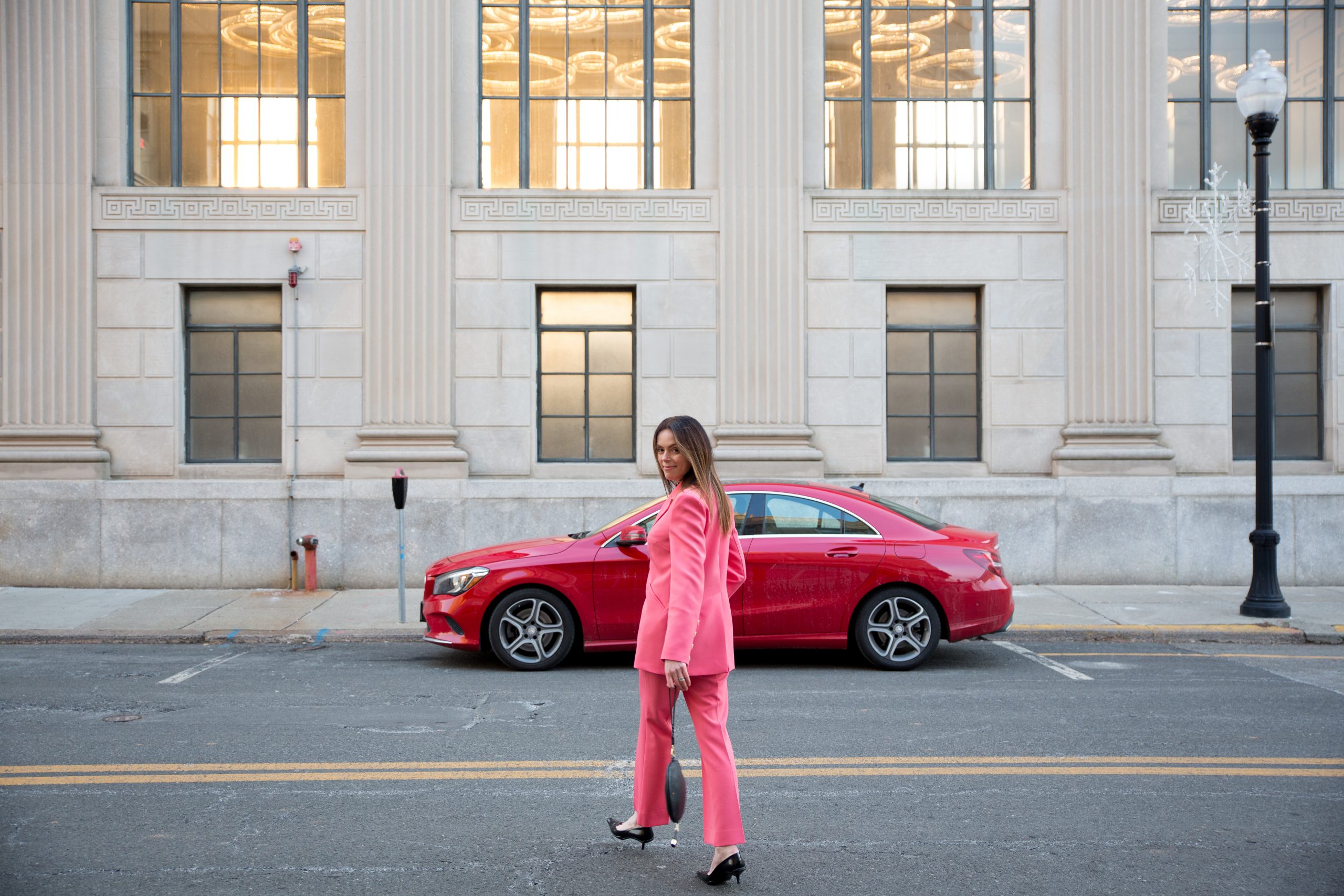
OK let’s move on….
For those of us in that category and in possession of a conscience, there are plenty of sustainable brands to choose from that will fulfill our every sartorial desire. Indeed from my laundry to my pantry there’s now a shop that will also supply me with harmless household essentials. So when it comes to sustainable fashion, unsurprisingly we’re spoilt for choice. There are numerous sustainable labels across the globe that I adore like Maggie Marilyn in New Zealand, People Tree in London, Kitx in Australia and Arielle here in New York City.
Recently one of my readers from the Netherlands mentioned that since we’re all trying to limit our air miles, would I recommend some European brands? With such a valid point, I’m more than happy to oblige.
To be honest this post was both fun and fascinating to research. I have endless enthusiasm for sustainable fashion brands coming out of Europe right now. The Scandinavian aesthetic, in particular suits my style. I properly fell down a rabbit hole of all the creamy, beige and grey neutrals but since there are so many unique and wonderful European designers I decided to give you a small yet diverse list.
The future of sustainable fashion is exciting, along with new materials there’s a true purpose, almost biblical dedication emanating from each and every company that has chosen this path. Focused on protecting the planet, connecting with nature and humans alike while creating beautiful designs makes these brands so much more than just a business. They rejoice in transparency, ethics and fairness as they navigate towards a future-proof new world of circular fashion. Indeed the definition of sustainable fashion is far greater than producing a few items made from recycled polyester as H&M would have us believe. A brand dedicated to sustainability is holistic in its approach. From the electricity and packaging supply it chooses through to hang tags, water usage, dyes and textile waste. It’s smart for these companies to employ a dedicated sustainability expert, as many now do, just to keep carbon goals on track. And the one thing all these brands get right where H&M, Zara, Topshop, Mango and Gap etc. fail? QUANTITY. The sheer volume all fast fashion brands produce negates any attempt they make at sustainability. Once again, many consumers fail to appreciate their role here. When we stop buying it, they’ll stop making it. In the end, it’s really that basic.
Yes the retail prices are often higher than their fast fashion counterparts but that shouldn’t stop us from supporting them. These companies make clothes to last so they expect, even want, their customers to buy less. You won’t find sustainable brands promoting monthly drops or heaving with excess stock. In fact many employ the made-to-order system to keep cost and waste low. So as consumers, we should buy fewer pieces less often which in turn makes our fashion affordable over time. Think in terms of cost per wear rather than the price of the item and it makes perfect sense. Besides, there’s usually an option to use Afterpay or Klarna which is what I do occasionally when I don’t want to wait for sales. In any case, from my perspective of privilege there’s absolutely no excuse not to support sustainable brands. Only you know what your perspective is.
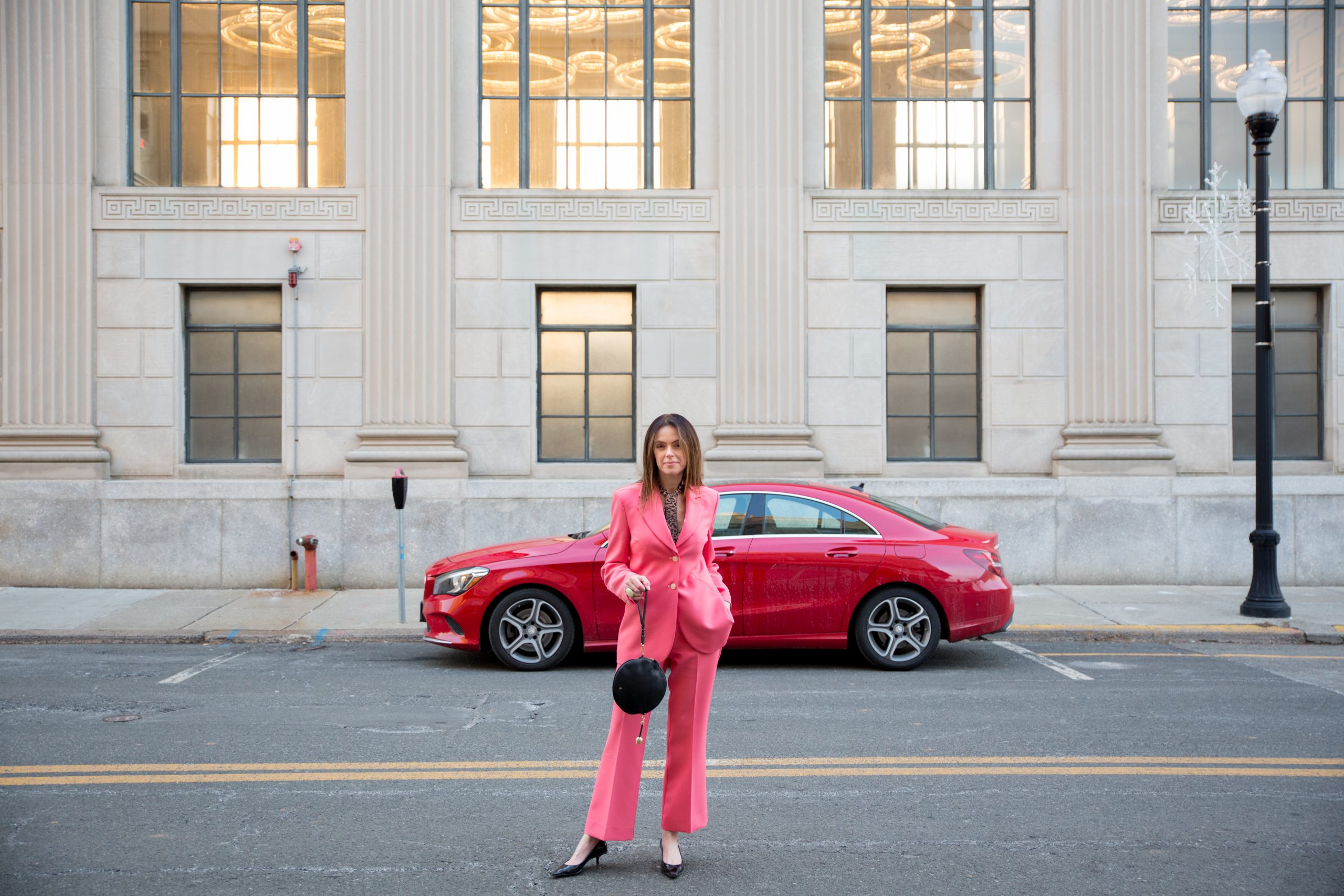
STINE GOYA
First up my funky bubblegum pink suit is from the quirky Danish label Stine Goya
Vivacious and optimistic, these designs make my heart sing. Who can wear such effervescent apparel and not feel uplifted? These are the items you need in your wardrobe to give those reliable staples some zing and take the anguish out of “I don’t know what to wear” days.
Stine Goya uses Peace – silk and organic cotton. The brand is also working towards using 100% recycled polyester and replacing viscose with lyocell. This last point is crucially important as viscose is not only highly toxic to the environment but also to people. Recent studies have linked the chemicals used to manufacture viscose with serious health conditions including mental illness, kidney disease and heart conditions. In contrast, the alternative lyocell, is a natural fibre made from renewable wood pulp from sustainable tree farming. The process of making lyocell is environmentally responsible and circular as the pulp is transformed into cellulosic fibres through a spinning process where 99% of water and solvent is reused and recycled in continuous processing. Furthermore, lyocell fibres are compostable and biodegradable making the production of the fibres a closed loop.
In addition, Stine Goya provides detailed care instructions on its website to promote longevity in its garments. The company believes, as do I, that taking special care of our clothes affords them a much longer life. The benefit of this being twofold since well preserved pieces can be sold on after we’re done with them.
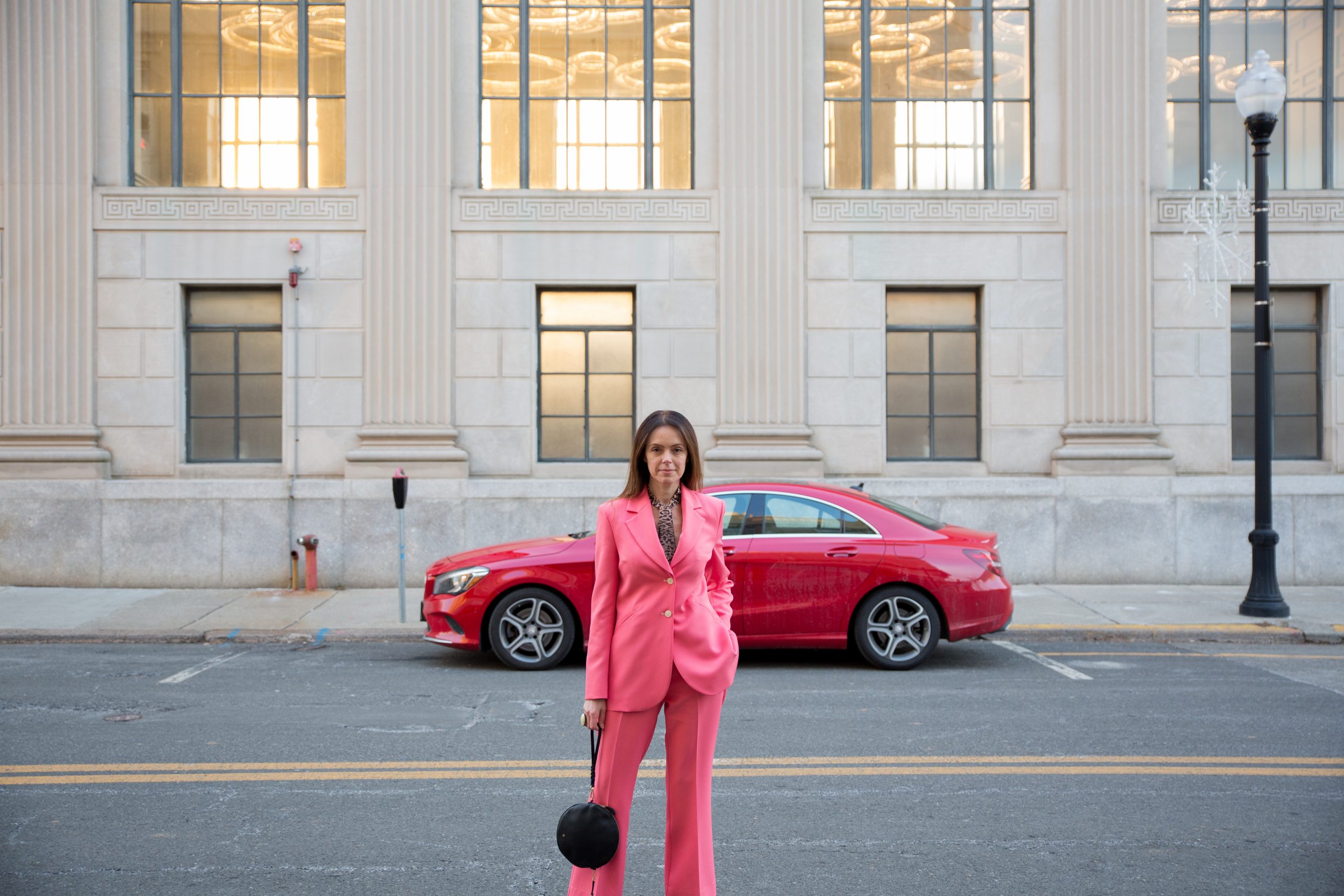
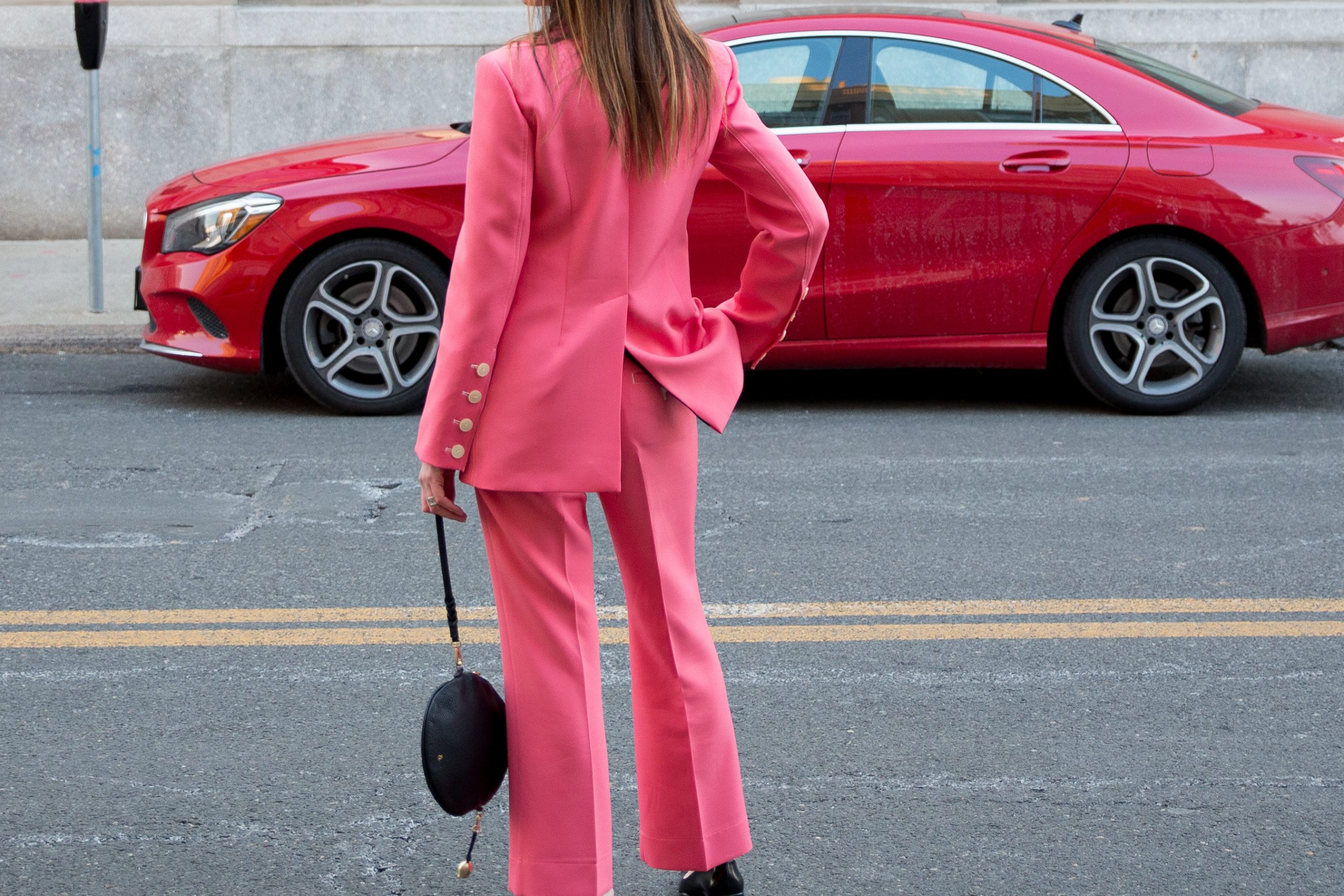
JUNGLE FOLK
Although Jungle Folk is based in Switzerland the brand works closely with its small family run suppliers from all over the world. The Alpaca comes from Peru and Bolivia where small hold farmers allow the animals to graze freely and shear them expertly by hand. The Peace-silk is from India. Also known as Ahimsa which means non violence in Sanscrit, Peace-silk is an animal-friendly process that allows the silk worm to live out its entire life cycle and become the exquisite moth it is destined to be. In addition there are no chemicals or pesticides used in any stage of the process, making this silk entirely 100% organic.
The organic Pima cotton that Jungle Folk use is from Peru. Fairtrade certified and hand-picked, Pima cotton is known as the worlds softest cotton blend as well as the most durable, lasting 50% longer than conventional cotton. Additionally, the linen from France is organic and GOT’s certified. Harvested and spun mechanically it’s then woven in a traditional Belgium weaving factory.
*A few of my favourite pieces from the collection are as follows…
Baby Alpaca Kimono – In versatile camel this is the perfect trans-seasonal jacket. Ideal to add layers on cooler days yet equally chic worn open with a simple t-shirt when it’s warmer.
Aki coat – Also made from baby alpaca wool, this elegant putty colour will elevate all your neutral staples just as well as your florals, stripes and prints. Another multi-style piece that will transform with the addition of a wide belt.
Peace silk cotton dress – This dress has my name all over it. Worn loose for beach days and belted later for dinner, it’s the chic simplicity I adore on summer holidays.
Organic cotton maxi dress – With both a V and straight neck, this reversible maxi gives you two styles for the price of one. Another dress designed to be worn with or without a belt ticks all the boxes for versatility. Essentially a summer dress, although I’d also layer it up for winter with my chunky knits and boots.
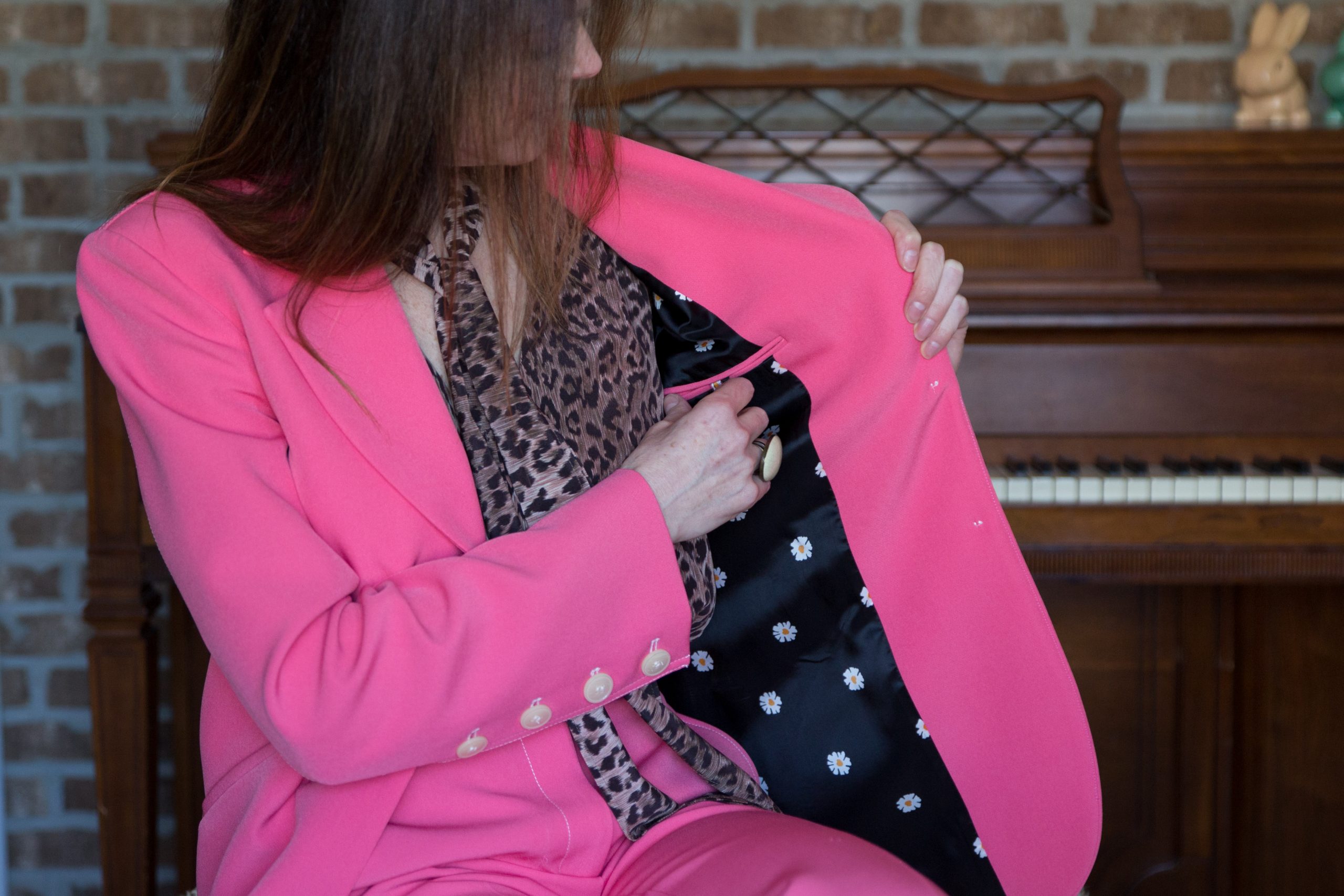
BAUM und PFERGARTEN
It’s impossible to miss the eco-committment when I open the Baum und Pfergarten website. Responsibility is so important to this Danish brand it’s actually a category in the main heading! Reading through the extensive list of deliverables here is incredibly impressive. I urge you to take a moment and scroll through so you can appreciate the work that Baum und Pfergarten has already done and continues to achieve. It really puts the pathetic eco-goals of brands like Mango and H&M into perspective.
Some of my favourite pieces include this bubble sleeve cardigan and this recycled polyester turtleneck. And for all my 70’s babes out there, this camel corduroy shift dress could be what’s missing from your highly curated closet. Currently on sale to tempt me you further….
SKFK
Spanish brand SKFK describes its range as feminine, functional urban chic. The company is so dedicated to transparency, it created an online tool for us to check the carbon footprint of its apparel. SKFK goes to great lengths to reduce its impact on the environment by providing in-house repairs and upcycling unrepairable garments. Further to close the loop, SKFK recycles its textile waste for the purpose of creating brand new garments. Its choice of materials includes recycled polyester, recycled thread and organic cotton, hemp and linen. This brand also uses environmentally friendly lyocell.
My picks for SKFK are this funky maxi dress, gorgeous olive all-weather coat and matching lounge pants (or trakky daks as I like to call them) made from recycled polyester.
VEJA
It’s only in recent years that I’ve grown to like sneakers. As a non-sporty person I never had a need for them and from a fashion perspective, never liked the 40+ uniform of maxi dress with sneaks. However, since I spotted Veja in my Instagram feed I actually changed my mind. These minimal sneakers are nothing like “trainers” and more like the tennis shoes I wore as a kid in the 70’s. Hmm, they’re actually kinda cool. And so now I’m in the market for a pair and I’ll admit to you now, before I buy them, that I WILL be wearing them with my new pink suit and possibly a dress…eeek!
In terms of sustainability this brand is the definition of WOKE. Veja buys organic cotton for its canvas shoes at almost 63% above market price, in advance and directly from, 200 families in Brazil. As you can imagine this gives those families and in turn, the region a fair and stable guarenteed income.
I asked Veja why it uses natural rubber from the Amazon forest because I was worried about the impact on such a delicate ecosystem. The answer was so enlightening, I realised once again how important it is to ASK brands direct questions about our concerns.
“This material is used in the sole of every sneaker. We buy rubber in the Amazon forest, directly from seringueiro communities. VEJA soles are made of 18 to 22 % natural rubber. For a kilo of harvested rubber, 1.2 ha of forest is protected every year. In 2017, VEJA bought wild Brazilian rubber for 2.77€/kg. By comparison, synthetic rubber is negotiated according to crude oil prices and varies between 1.35€/kg and 2.55€/kg.”
While the company produce vegan shoes they continue to use leather as well. However this is where it gets really interesting for me because I’m not against using leather as long as it’s sustainable. In fact I believe leather is a great material when it’s carefully sourced and can be less damaging to the environment than poorly made vegan leather.
“We track our leather to make sure it doesn’t come from the Amazon nor from an area that was deforested for cattle farming purposes. The leather we use comes from southern Brazil. Tanning is the most delicate step. That’s why we work with a tannery that was audited and certified Gold by the Leather Working Group. This tannery uses chrome. While inoffensive and present in nature, it can oxidize and become toxic if all parameters aren’t followed to a tee. To ensure the chrome doesn’t turn into the toxic chrome VI, we perfom random checks all years long to monitor the level of chrome in our leathers. They meet REACH standards.”
You can listen to more from the Veja founders about their vision and environmental work here.
&DAUGHTER
Arguably the most sustainable and circular fibre known to man, wool is one of just two materials used by &Daughter. In case you’re not already aware of wools many attributes, I’ll quickly list them now 1. It’s re-newable 2. biodgradeable 3. water and stain repellent 4. fire retardant 5. regulates body temperature and is moisture wicking 6. can be recycled 7. is anti-microbial, hypoallergenic and resistent to dust mites 8. can be produced organically which also means it has traceability in terms of harm to the animal and the environment. See an example of certified standards by The Woolmark here.
&Daughter is a slow fashion knitwear brand that sources local expert spinners and makers in the United Kingdom & Ireland. Although this post is dedicated to European brands, these countries are still part of Europe the last time I checked, let’s hope they stay that way. &Daughter creates small batch hand-linked and hand-finished wool and cashmere apparel like this sophisticated dove grey sweater.
As a committed kinitwear junkie, I’m absolutely gutted to see this jumper sold out in every size! It’s actually the exact colour and shape I covetted for years but never managed to find. Although I can feel my heart-strings being pulled by this heavenly Aran jumper too.
ARMEDANGELS
It’s a troubling fact that while German shoppers claim to be the most eco-friendly in the world they remain H&M’s biggest market. German brand Armedangels would like to change that by bringing sustainability to Millenials. By normalising conscious consumption Armedangels has snuck in under the sustaibility radar of Europes most prolific shoppers, the young. I suppose you could say Armedangels is down with the kids? Meh but that would make you what?…OK Boomer
Although not exactly cheap, Armedangels streetwear is the go-to for teen basics, if your teen is like mine and has a small but perfectly formed wardrobe. Rest assured if you look after these organic staples, you can safely pass them on to the tween. Isn’t it time we took the stigma out of hand-me-downs and normalised passing on clothes? With classic style sweats like this every day hoodie, Armedangels appeals to more than just the kids. I can see myself sharing this running errands uniform with my high schooler. And remember, if you plan well you can save a bundle when the sales come in!
Finally, I’m compelled to add a young label that caught my eye on Instagram today. Fledgling Swiss brand, Aqvarossa is a beautuiful sustainable brand to watch. The exquisite wool and alpaca mix coat in the latest collection would make a wise investment for any future-proof closet. If I were to buy just one new coat in 2020, I’d choose this eggshell coloured one. With a large shawl collar and full length drape the emphasis is on a traditional flattering yet cosy cut. In short, this one’s a keeper.
Thanks for reading (hope you enjoyed it Greetje) love,
Mx

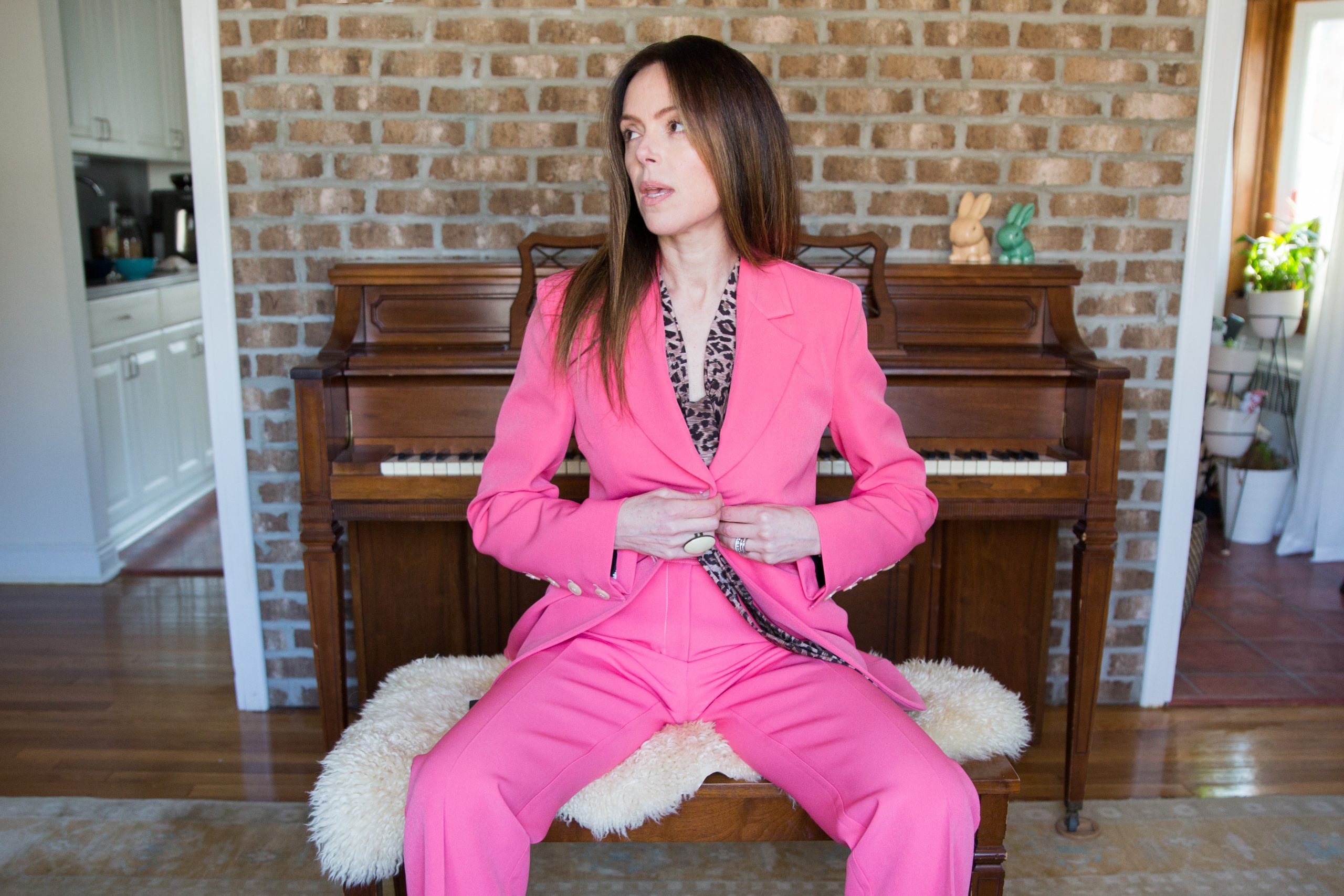
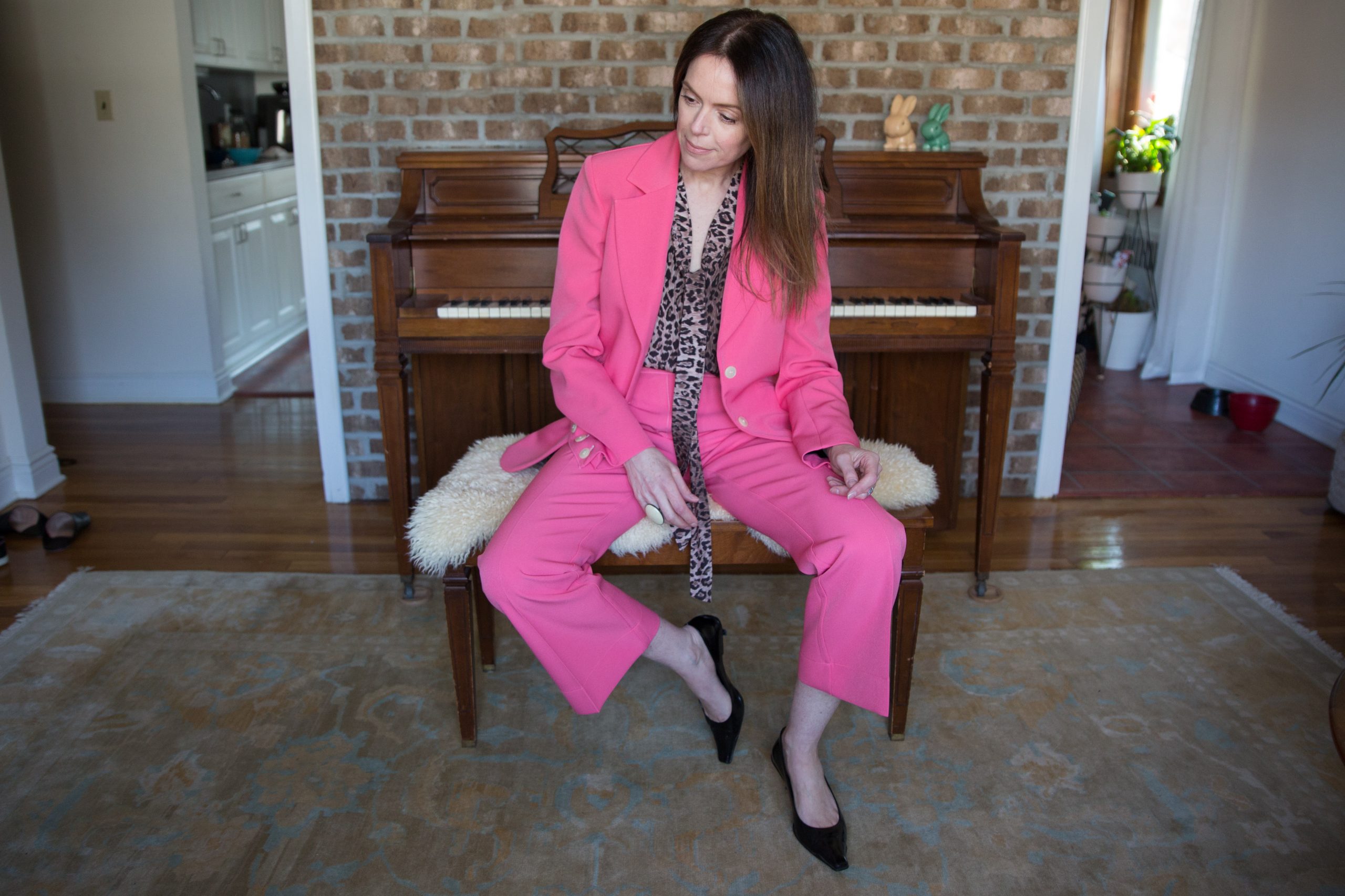
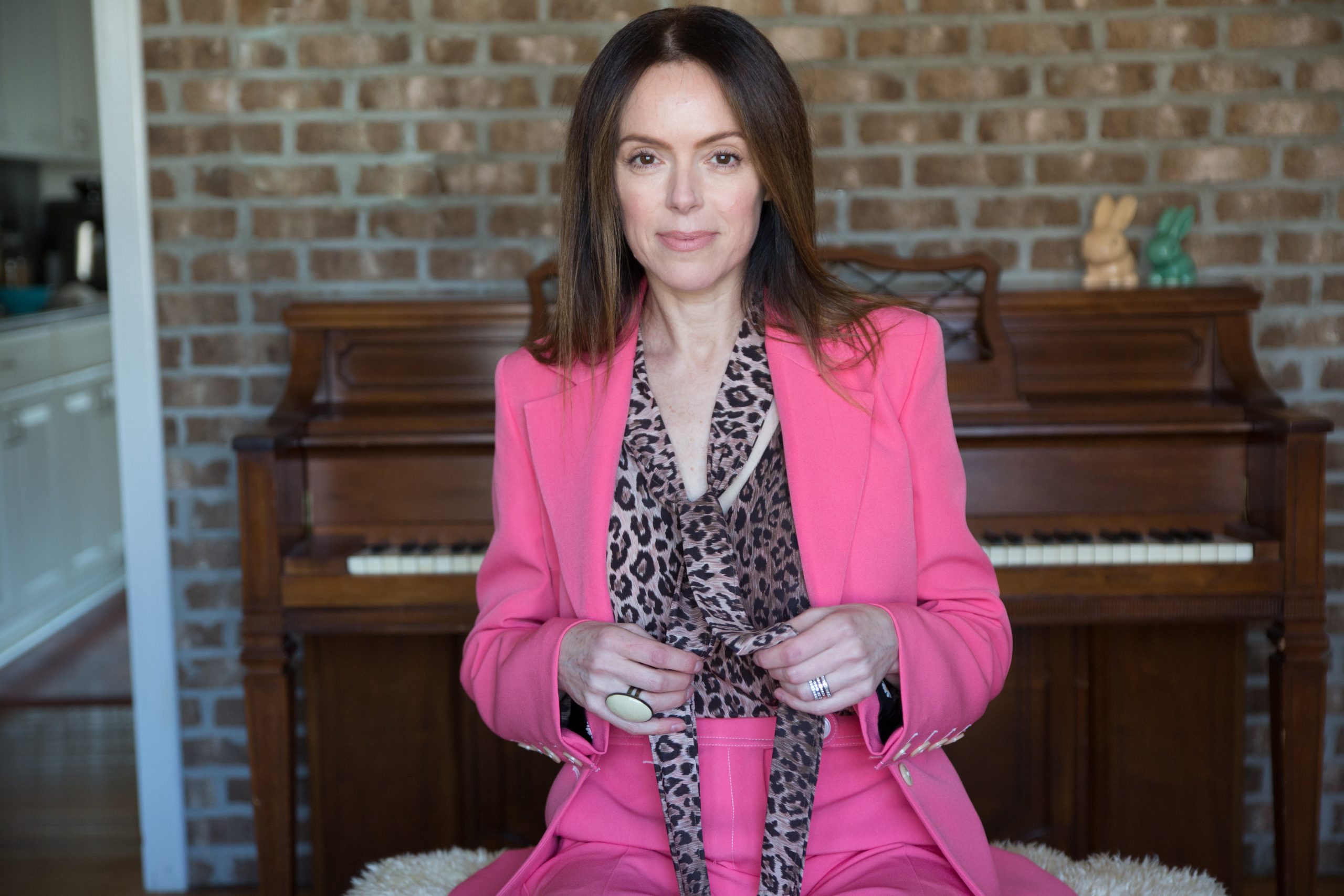
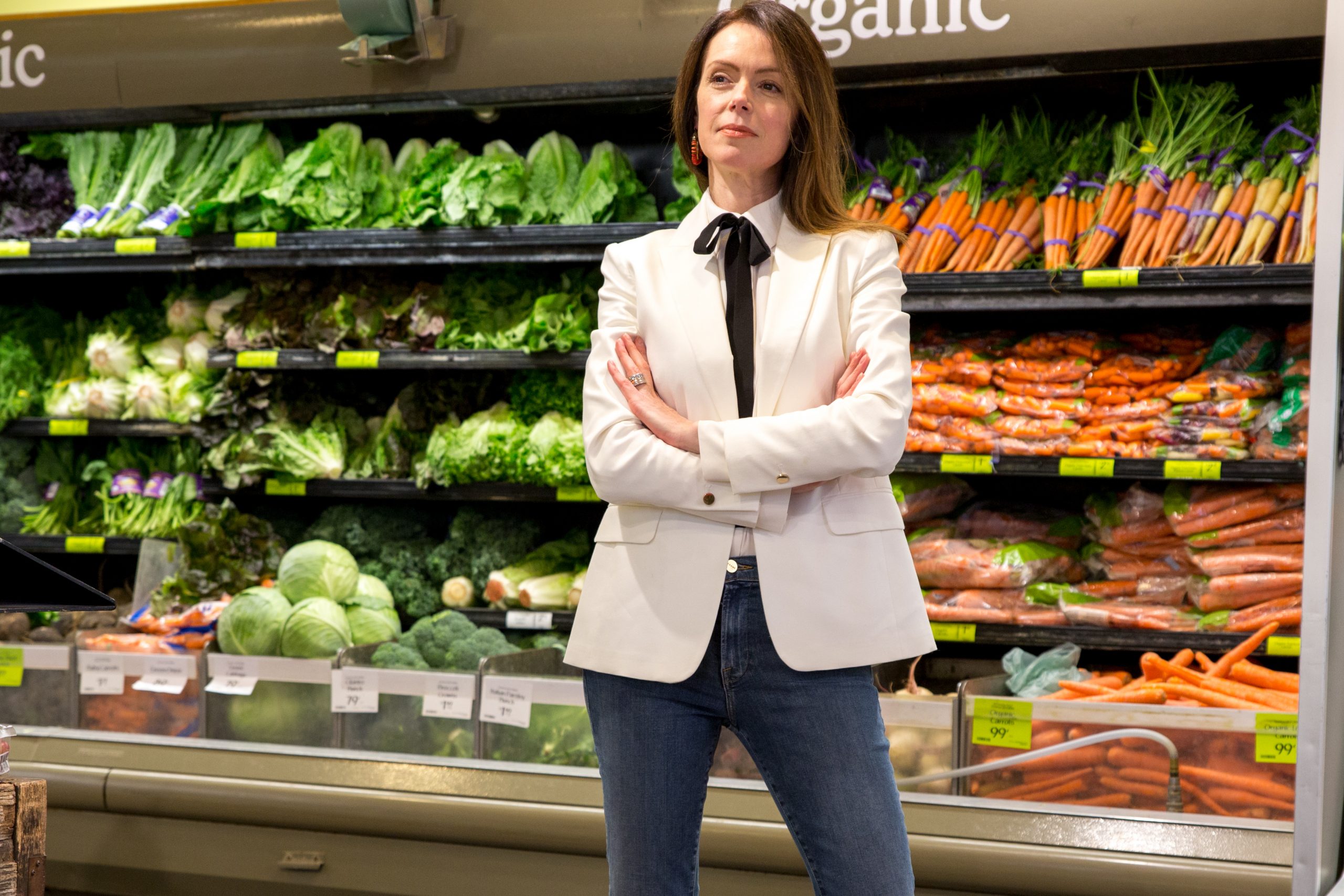
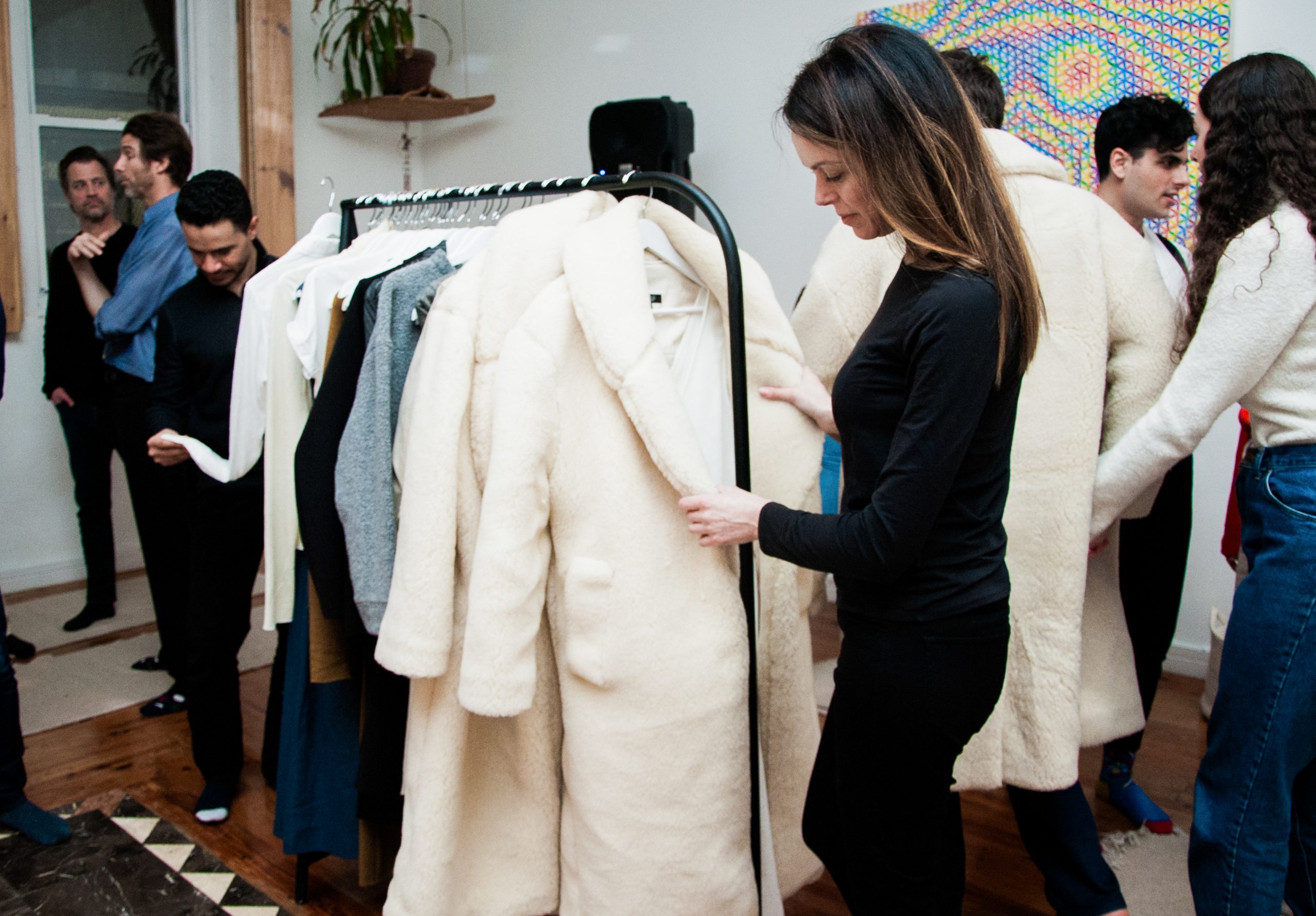
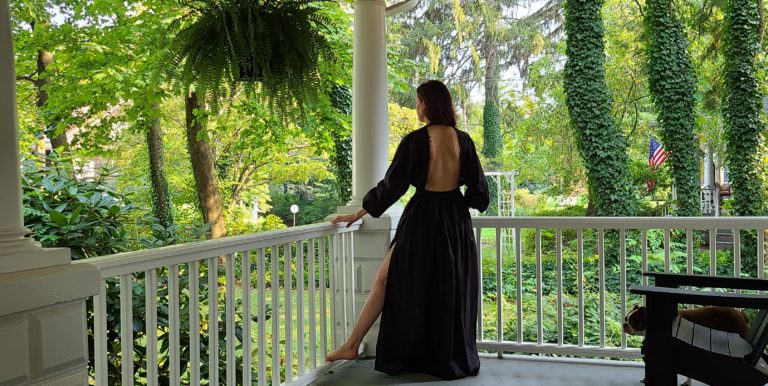
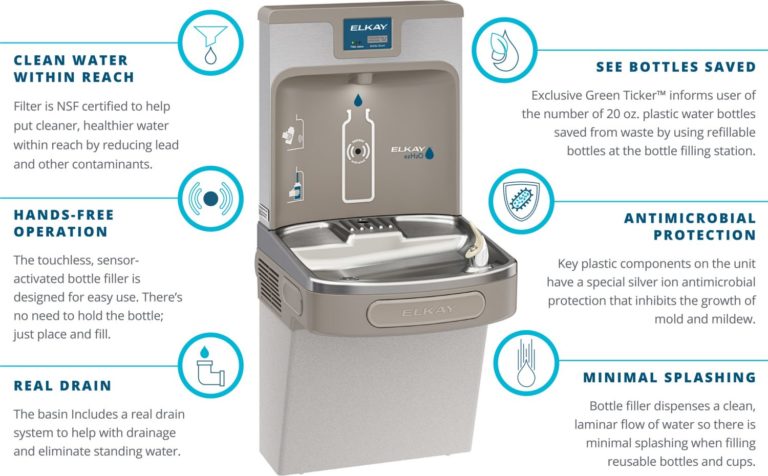
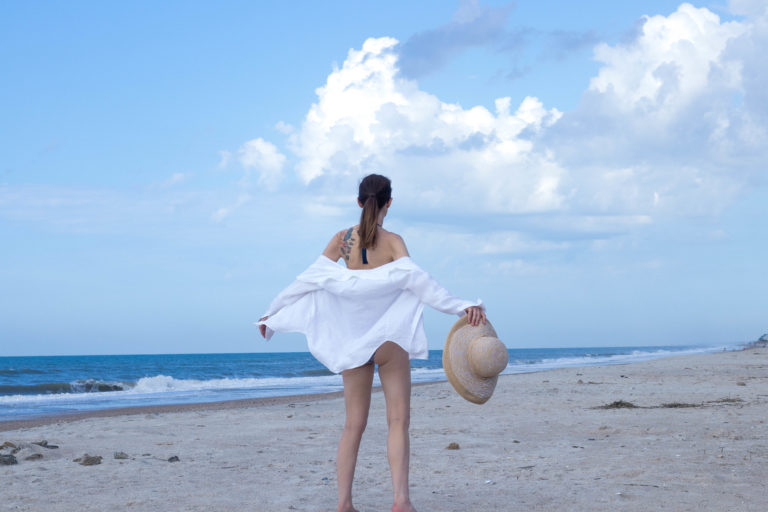
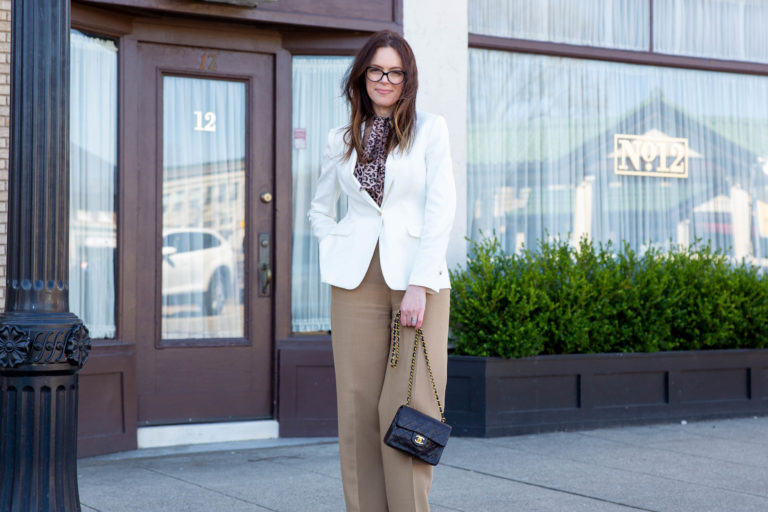
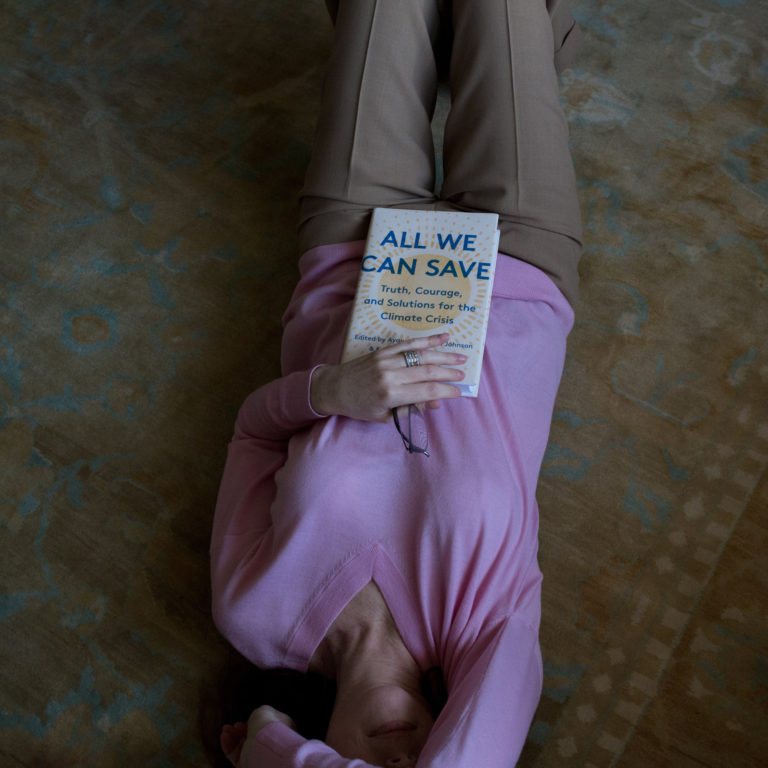

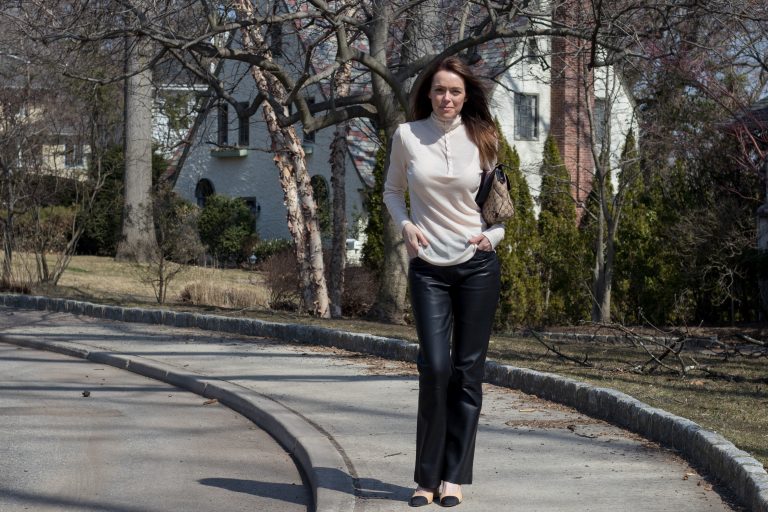
Comments ( 10 )
Rozanne
Great post, I particularly love the Scandi brands (one of my most treasured items is a fluffy balloon-sleeved wool Baum+Pferdgarten cardi I snaffled in a sale a couple of years ago but it hasn’t been cold enough to wear it this winter!) And oh lord Aqvarossa, those coats ❤ One to start a savings fund for… x
MT
Ooh balloon sleeves you say? My favourite;-)
I subscribe to the brands I can’t afford so I at least get a go at sale time. You never know, right? My friend just told me as soon as she saw my Stine Goya suit she went on Net a Porter sale and guess what? She got the trousers for £57!
Rozanne
57 quid?! 😃 That’s amazing!! Great idea to subscribe, off to sign up on a couple of websites now 😉 x
MT
I know! See this is why you should never think designers are unaffordable. It’s just a race for the sales between the quick and the dead 😉
Here they are, still in size small which comes up big in my opinion but always check measurements obvs.
No Fear of Fashion
This is marvellous. Thank you so much. I will go through all of them this week. By the way, again, you have not ticked the box “open in new window” with all your links. That means when I go down the rabbit hole, I have to click and click back before I am back on your blog post. Anyway this is the last moan you will hear from me on this subject (grin).
Baum und Pfergarten I know as a brand but never knew they are very sustainable. The other brands are new to me. Again, thank you.
Greetje
No Fear of Fashion
Blast… forgot to tell you I adore you in this beautiful pink suit.
MT
Aw thanks Greetje, this makes me smile x
MT
Thanks for bringing the tab issue to my attention Greetje. I actually do click that box every time I add a link despite the fact that it takes extra time to go through to the options page (I can add links in a much faster way without opening the page that has the box) However I’ve now gone through every link and can see that 90% are unchecked! Grrr this is so annoying and I agree with you, it’s not good for my blog readers either. My theme doesn’t have the box to open a new tab when you click on a link so I have a plugin. Clearly that plugin isn’t working properly but never fear, I’m on the case 😉
Lisa the Sequinist
This is such a fabulous post, Michelle. I am sick sick SIIIICK in love with that pink suit. I’m probably going to have to get one for myself, you know.
I know most of these European brands you’ve highlighted, but wasn’t aware that some of them were sustainable. The others, I can’t wait to investigate.
Thank you for your research into this important topic. I still say, there is literally NO ONE online who makes sustainable look as gorgeous, glamorous, and elegant as you do. You are the very definition of the word inspiration, for me anyway. xxx
MT
Thanks Lisa! I can’t wait to see you rocking these pink trousers. We should do a shoot in the city again soon xxx